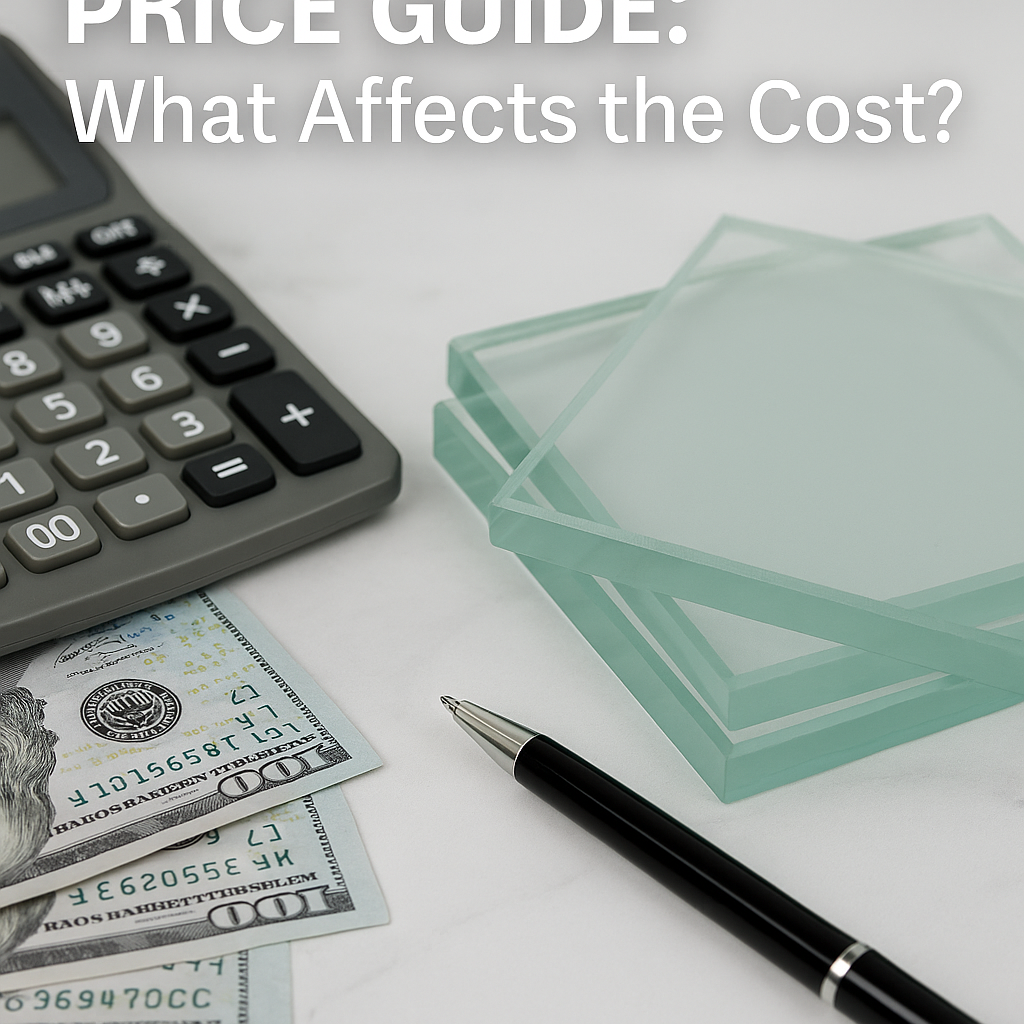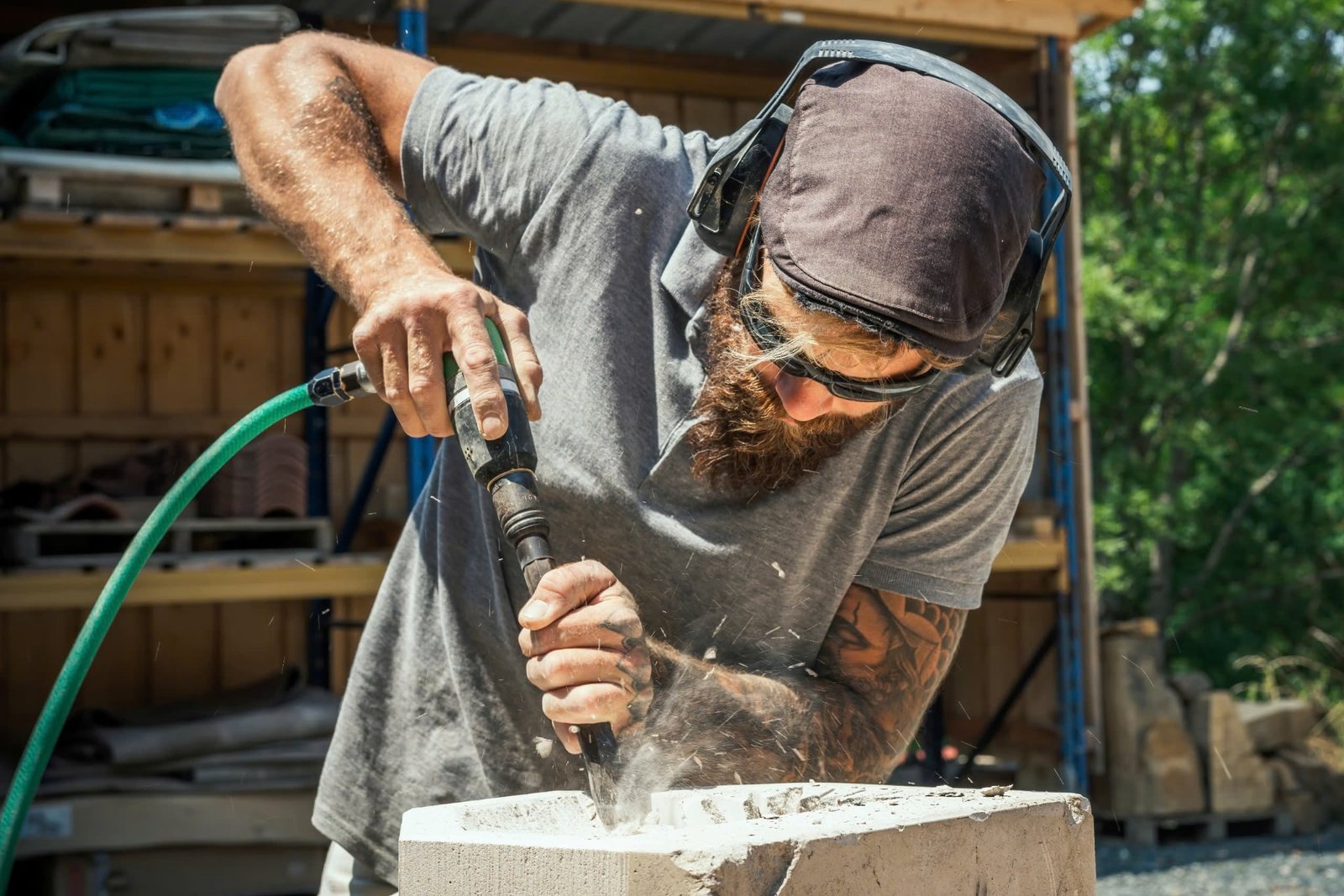
PVB laminated glass is renowned for its strength, safety, and aesthetic versatility in both architectural and automotive applications.
PVB laminated glass is renowned for its strength, safety, and aesthetic versatility in both architectural and automotive applications. But like most high-performance materials, pricing can vary significantly based on a range of factors. Whether you’re sourcing laminated glass for a commercial high-rise, residential installation, or luxury vehicle, understanding the variables that influence the PVB laminated glass price can help you make informed decisions and optimize your budget. This comprehensive guide explores what drives cost, how different configurations compare, and what to expect when working with manufacturers or installers.
What Is PVB Laminated Glass and Why It’s Priced Differently
PVB laminated glass is composed of two or more sheets of glass bonded with a polyvinyl butyral (PVB) interlayer using heat and pressure. This structure allows the glass to remain intact upon breakage, enhancing safety and performance. It also offers additional benefits like UV protection, acoustic insulation, and design customization.
However, the price of PVB laminated glass is not uniform across all applications. Several variables—including glass thickness, interlayer type, performance rating, size, and edge finishing—can significantly affect the final cost per square meter or square foot.
To better understand the physical and structural variables, explore the PVB Laminated Glass Thickness and Weight Guide.
Base Price Range of PVB Laminated Glass
As of 2024, average base prices (for standard clear PVB laminated glass) fall within the following ranges:
- Low-end interior glass (4.4.1 or 6.4.1): $20–$40 per m²
- Exterior-grade or thicker configurations (8.4.2 or 10.4.2): $40–$80 per m²
- Acoustic or colored interlayer glass: $60–$100 per m²
- Security- or impact-rated panels: $100–$200+ per m²
These figures can vary depending on supplier region, volume, and market conditions.
Key Factors Affecting the Price of PVB Laminated Glass
1. Glass Thickness and Configuration
The most obvious cost factor is glass thickness, which impacts raw material use, weight, and strength. Standard configurations like 6.4.1 (two 6mm sheets and a 0.76mm interlayer) are more affordable than 10.8.4 panels used in structural applications.
Thicker laminated glass requires additional processing time and energy in autoclaving, which adds to manufacturing cost.
2. PVB Interlayer Type
The type of PVB interlayer used also affects the price:
- Standard Clear PVB: Most economical
- Acoustic PVB: 15–30% more expensive
- Colored/Tinted PVB: Slightly higher than clear
- UV-filtering or solar-control interlayers: Cost varies by feature
- Bullet- or blast-resistant multi-layered PVB: Significantly more expensive
Different interlayers also require different handling and testing procedures, which are factored into production costs. Learn more in PVB Laminated Glass: UV, Acoustic & Safety Ratings.
3. Size and Shape Customization
Standard flat rectangular panels are the most cost-effective to produce. Costs rise with:
- Oversized dimensions
- Curved or tempered-laminated glass
- Notches, holes, or CNC cutting
- Edge polishing or beveling
In automotive or architectural projects requiring unique shapes, CAD-based cutting and post-lamination finishing will increase the price significantly.
4. Performance Certifications
Glass that must meet certifications for:
- Impact resistance (e.g., EN 12600)
- Acoustic performance (e.g., ISO 10140)
- UV filtering (e.g., EN 410)
- Hurricane or blast standards (e.g., ASTM E1996)
…will be priced higher due to stringent quality control, additional testing, and documentation requirements.
5. Quantity and Supplier Relationships
Buying in bulk reduces cost per unit. Manufacturers often offer tiered pricing for commercial projects or repeat customers. Smaller orders (especially custom units) may incur higher handling and cutting fees.
6. Location and Shipping
Laminated glass is heavy and fragile. Freight costs—especially for large panels or international shipments—can be substantial. If ordering from PVB laminated glass manufacturers overseas, include customs, insurance, and packaging in your total cost.
For domestic or local supply, proximity to a manufacturing hub or fabricator can help control delivery costs.
Additional Costs Beyond Material Price
Even after accounting for the price per square meter of laminated glass, other expenses must be factored into total project cost:
- Installation labor: Depending on location and project type, this can be $20–$50/m²
- Support framing and hardware: Especially in structural or frameless applications
- Sealants and edge treatments: For water resistance and longevity
- Maintenance costs: Especially in outdoor installations, high-traffic interiors, or humid environments
Learn how to maintain your investment long-term in PVB Laminated Glass: How to Maintain and Clean.
Price Comparison: PVB Laminated vs. SGP Laminated Glass
SGP laminated glass, which uses ionoplast interlayers (like DuPont’s SentryGlas), offers higher stiffness and structural performance than PVB—but at a premium price. Expect SGP laminated glass to cost 1.5 to 2 times more than PVB laminated alternatives.
While SGP is ideal for unsupported balustrades, cantilevered glass, and hurricane zones, PVB laminated glass is the more cost-effective option for general architectural, residential, and vehicular use.
Use-Case Price Scenarios
| Application | Recommended Glass Type | Approx. Cost (USD/m²) |
|---|---|---|
| Interior partition (clear) | 4.4.1 PVB | $25–$40 |
| Balcony railing (acoustic/safety) | 6.6.2 acoustic PVB | $60–$90 |
| High-rise façade | 8.8.2 or 10.8.2 PVB | $90–$150 |
| Vehicle windshield | 6.76 mm laminated | $100–$250 |
| Skylight (UV + impact) | 6.4.1 with solar PVB | $60–$100 |
Prices are indicative only and can vary by supplier, country, and order size.
Tips to Save on PVB Laminated Glass Without Compromising Quality
- Order standard sizes when possible
- Use standard clear PVB where acoustic or color features aren’t needed
- Bundle your order with other glass types to leverage supplier discounts
- Opt for square cuts over irregular shapes
- Choose experienced installers to avoid wastage during handling
Also, ensure the manufacturer provides certified documentation for performance ratings, especially for load-bearing or regulated applications.
Conclusion: Budgeting for Performance and Longevity
PVB laminated glass offers unmatched benefits in safety, sound control, and UV protection—but its pricing reflects the complexity of its manufacturing and performance capabilities. Understanding what drives costs can help architects, builders, and property owners make the most of their investment without overspending.
Whether you’re selecting laminated glass for a modern home, a high-security storefront, or a panoramic vehicle windshield, comparing interlayer types, glass thicknesses, and certifications will guide you toward the most cost-efficient and code-compliant solution.
For more detailed guidance on performance and specifications, explore:

